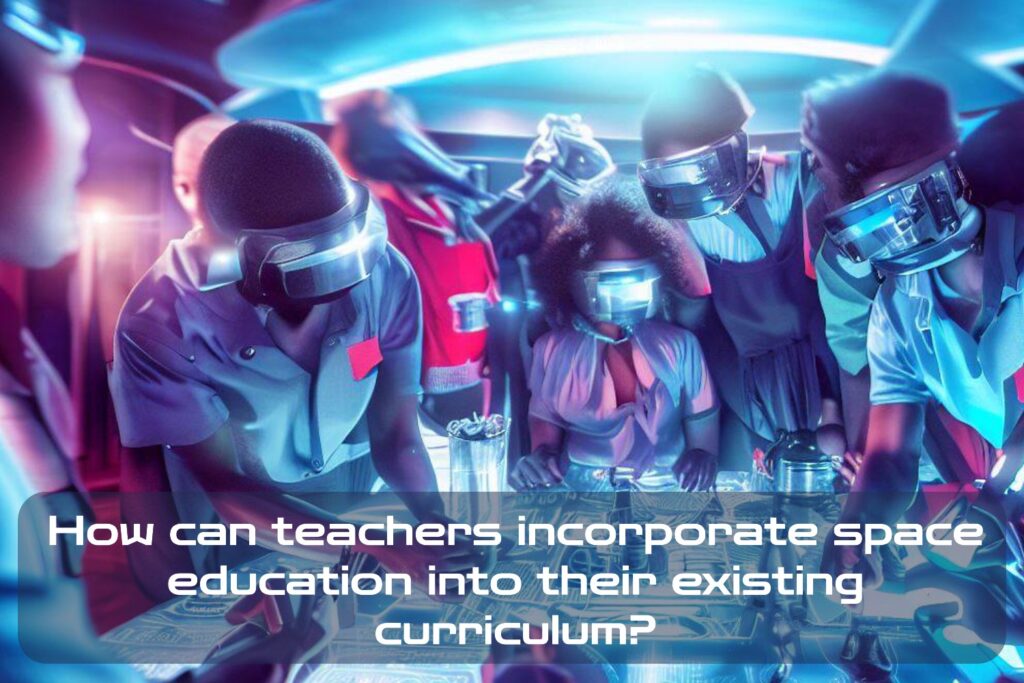The Importance of Space Education
Space education is a field that is growing in importance each day. It is no longer just the realm of astronauts and scientists, but has become an area of interest for many people around the world. As our understanding of space grows, it becomes more and more apparent that space education is not only beneficial, but essential for students.
One reason for this is that space education can help students develop a deeper understanding of the world around them. By studying topics such as astronomy and astrophysics, students can gain insight into how our universe works.
This knowledge can then be applied to many different areas of study, from physics to philosophy. Another reason why space education is so important is because it helps students develop critical thinking skills.
When learning about space, students are exposed to complex concepts that require them to think creatively and analytically. This type of thinking can be applied to any subject matter, making it an essential skill in today’s world.
The Benefits of Incorporating Space Education into Existing Curriculum
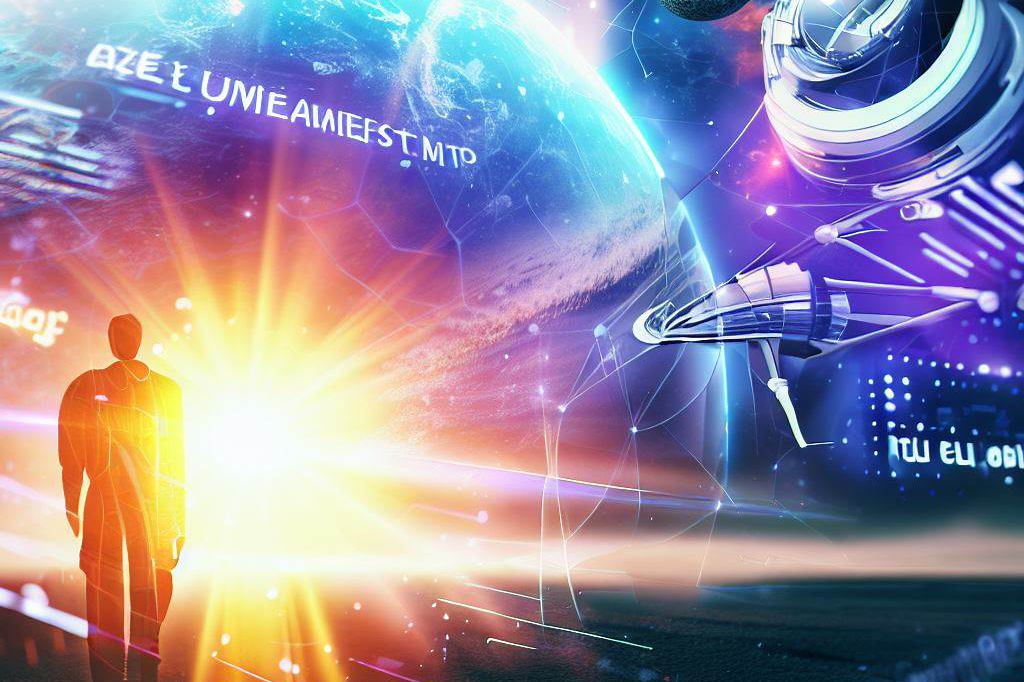
There are numerous benefits to incorporating space education into the existing curriculum.
For one, it helps make learning more engaging and exciting for students.
Instead of just reading from a textbook or listening to lectures, they get hands-on experience with fascinating subjects like rocket science and astronomy. Another benefit of incorporating space education into the existing curriculum is that it helps prepare students for future careers in science and technology fields.
With technology advancing at a rapid pace, there will likely be many new jobs in these fields in the coming years. By giving students exposure to these subjects early on in their education, they will be better prepared for these future opportunities.
Incorporating space education into the existing curriculum also encourages creativity and innovation in students. By exploring these fascinating subjects, they may come up with new ideas or ways of looking at things that could lead to breakthroughs in various industries down the line.
Space education is a fascinating and important field that offers numerous benefits to students. By incorporating it into the existing curriculum, teachers can help prepare their students for the future while also making learning more engaging and exciting.
Space Education Basics
Definition and Scope of Space Education
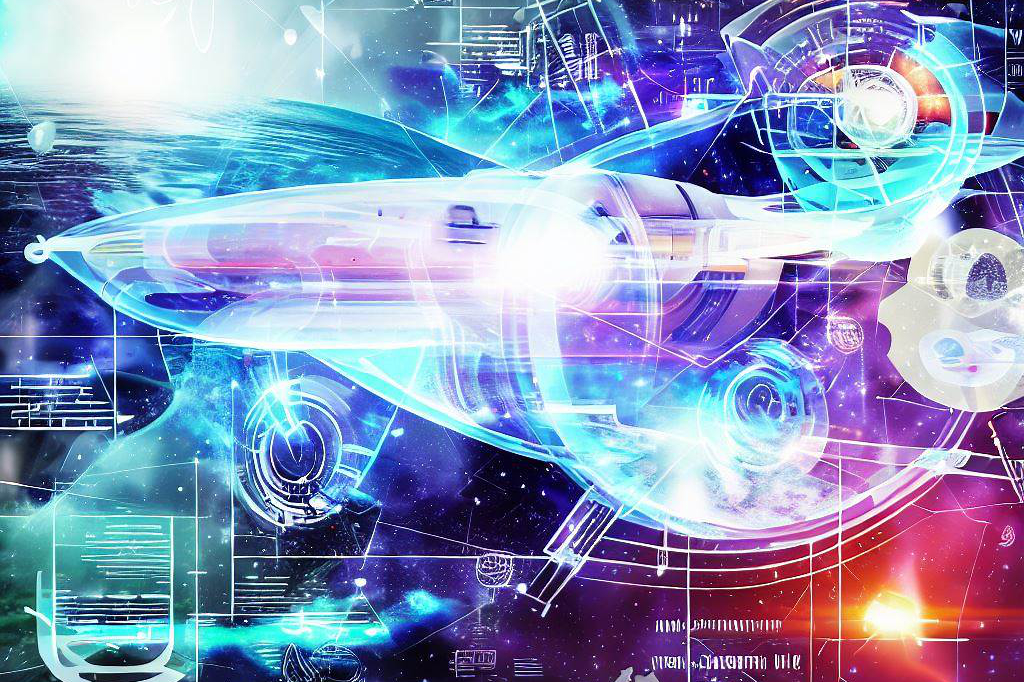
If you’re a teacher looking to incorporate space education into your curriculum, it’s important to first understand what we mean by “space education”. Simply put, it encompasses all aspects of the study of space and the objects in it – from the stars and planets to black holes and galaxies.
It involves everything from learning about the history of space exploration and technological advancements, to studying the science behind astronomy, astrophysics, and cosmology. Essentially, space education is an interdisciplinary field that combines science, technology, engineering, mathematics (STEM), history, and social studies.
The scope of space education is vast. It covers everything from human’s first venture into space in 1961 to today’s ongoing missions by NASA, such as exploring Mars for signs of life.
The study of astronomy goes way back, even before recorded human history, as people gazed at stars in awe, trying to make sense of them. Students learn about the celestial bodies that make up our universe – planets like Earth or Jupiter orbiting our star (the Sun), moons around those planets, which can be larger than some planets themselves, or small asteroids floating around aimlessly that sometimes end up crashing into one another.
Key Topics in Space Education
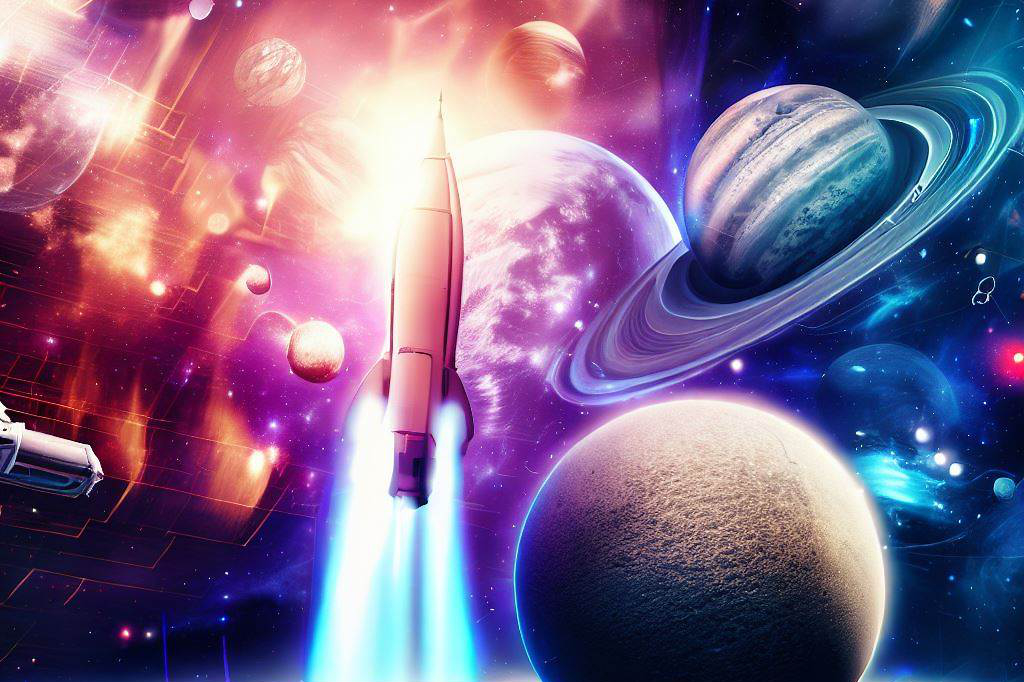
When you begin teaching space education in your classroom, there are several key topics that you’ll want to cover. One such topic is astronomy; understanding how celestial objects move through our universe is fundamental when studying space.
Students should be taught about stars’ life-cycles; how they form nebulae or gas clouds that eventually collapse under gravity, forming a star- this process can take millions or billions of years!
They should also learn about black holes, which are massive objects with gravitational pulls so strong that not even light can escape them.
Astrophysics is another important topic in space education; students learn about dark matter and dark energy, which make up 95% of the universe. They also learn about the physics of the expanding universe and how it’s accelerating!
It’s interesting to note that space research has opened up new avenues for technology; from communication satellites to global positioning systems (GPS). Space exploration is a fascinating topic to teach students, with its history dating back to early rocket science, through the Space Race between America and Russia in the 1960s, and current space missions.
By teaching your students about these key topics in space education, you will be fostering an interest in science and technology that can inspire them to pursue careers in STEM fields. Whether they end up studying astronomy or designing spacecraft, having a solid foundation in space education can set them on an exciting path towards discovery.
Integrating Space Education into Existing Curriculum
Opportunities to Incorporate Space Education

Space education can be incorporated into a variety of existing lessons, including math, science, and social studies classes.
For example, in math class, students can learn about the distances between planets and stars using mathematical equations.
In science class, students can study the properties of different celestial bodies and learn about space exploration technology.
In social studies class, students can learn about the history of space exploration and its impact on society.
Incorporating space education into these existing classes not only adds excitement to the curriculum but also helps students develop a deeper understanding of these subjects. By connecting seemingly separate topics like astronomy and algebra, students are able to see how interrelated different areas of study can be.
Activities and Projects that Integrate Space Education
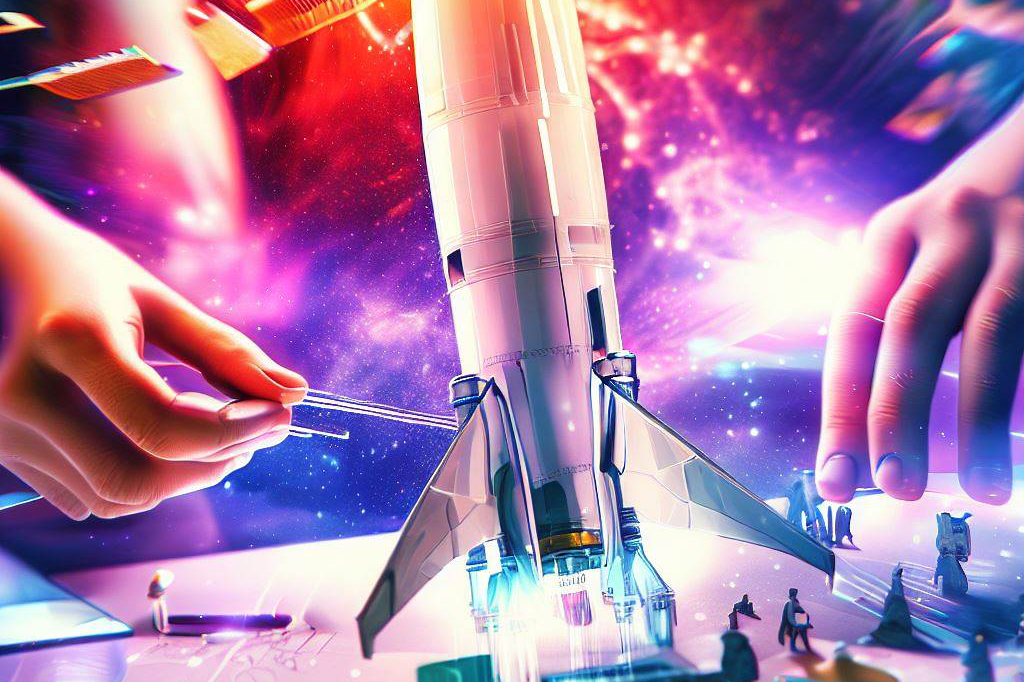
There are many activities and projects that teachers can use to incorporate space education into their classrooms.
One popular project is building model rockets. This activity allows students to apply scientific principles while also exploring their creativity by designing unique rockets.
Another great way to integrate space education into lessons is by studying the history of the space race. This historical event had a profound impact on society at large as well as scientific discovery.
Students can analyze primary sources like speeches and news articles from that era, which show how ideas around national identity were intertwined with scientific advancement during this time period.
Teachers can use interactive simulations or virtual field trips that enable students to explore planets or fly through galaxies in a more immersive way than just reading about it in textbooks.
These engaging methods make learning more memorable for students while still providing educational content. Overall, incorporating space education into an existing curriculum not only adds excitement but also enhances learning outcomes across subject areas while promoting interest in science fields like astrophysics or aerospace engineering among young learners who may grow up someday working in these fields.
Resources for Teachers
Online resources for lesson plans and activities related to space education
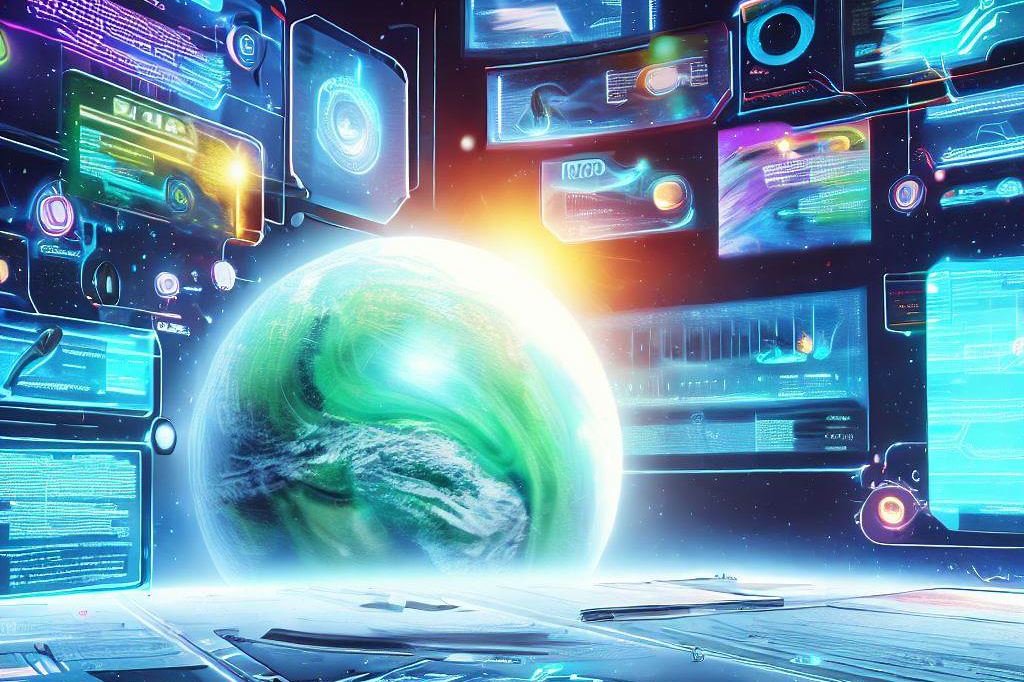
Thanks to the internet, teachers have a wealth of resources at their fingertips when it comes to incorporating space education into their curriculum. NASA’s website is an excellent starting point, with a wide range of activities and lesson plans available for free.
Teachers can search by grade level or subject area to find resources that fit their needs.
Another great resource is the National Science Teachers Association (NSTA) website, which has a special section devoted to space education.
Here, teachers can find articles written by other educators about integrating space topics into different subjects, as well as links to additional online resources.
Don’t forget about YouTube!
There are many educational channels that cover space-related topics in an engaging way that can capture students’ attention. Some channels worth checking out include “Crash Course Astronomy,” and “NASA Jet Propulsion Laboratory“.
Professional development opportunities for teachers interested in incorporating more space education into their curriculum
For teachers who want to dive deeper into space education and build upon their existing knowledge base, there are many professional development opportunities available.
One option is to attend conferences specifically focused on science or space education – these events provide an opportunity to hear from experts in the field and network with other educators. Another option is taking online courses or workshops through organizations like NSTA or NASA’s Educator Professional Development Collaborative (EPDC).
These courses cover a wide range of topics related to space science and technology, providing in-depth learning experiences that can benefit both the teacher and their students. Consider reaching out to local museums or planetariums for professional development opportunities – many institutions offer workshops or seminars geared towards educators.
Incorporating Resources Into The Curriculum

It’s important for teachers not only to have access to resources, but also to know how to incorporate them effectively into their lessons.
One approach is to start with a small activity or project related to space, and then build upon that as students’ interest and knowledge grows. For example, a teacher could begin by having students create a model of the solar system – this could lead into discussions about the planets themselves, their characteristics, and space exploration.
Another strategy is to align space topics with existing curriculum standards. For example, teaching about gravity in physics class can also include discussion of how gravity affects objects in space.
Similarly, studying history can include learning about key events in space exploration.
By using a combination of online resources and professional development opportunities, teachers can ensure that they have the tools and knowledge necessary to incorporate exciting topics like space education into their existing curriculum in meaningful ways.
Challenges and Solutions
Common challenges faced by teachers when incorporating new material
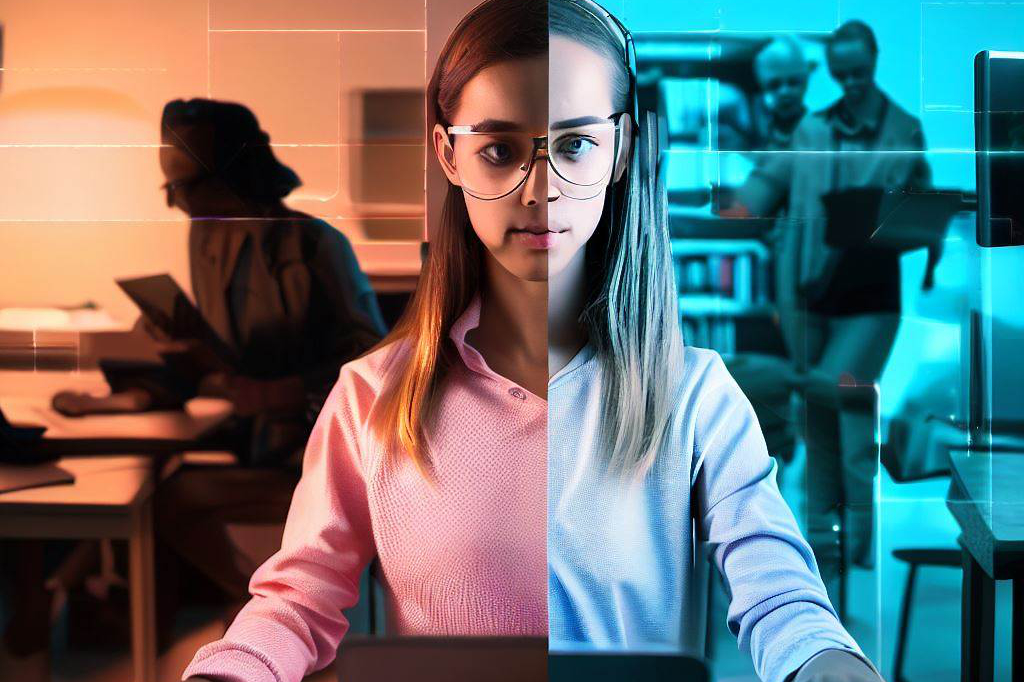
Incorporating new material into an existing curriculum can be a daunting task for teachers.
One major challenge is finding the time to research and plan lessons that integrate space education.
Many teachers already have full schedules, with limited time for lesson planning. Additionally, some may feel unsure about their own knowledge of space education topics.
Another common challenge is finding appropriate resources that align with existing curriculum standards. It can be difficult to locate high-quality materials that are engaging and relevant to students while also addressing specific learning objectives.
Some teachers may encounter resistance from students who feel overwhelmed or disinterested in learning about space education topics. This can create additional stress and frustration for educators who are trying to promote new ideas and encourage student engagement.
Strategies for overcoming these challenges
Despite these challenges, there are many strategies that teachers can use to successfully incorporate space education into their curriculum.
One solution is to seek out professional development opportunities related to space education.
These programs can provide valuable resources and training on how to integrate this topic effectively into classroom instruction.
Another strategy is to collaborate with colleagues or reach out to experts in the field of space education.
Teachers can share resources and ideas with each other, as well as gain valuable insights from professionals in the field. It’s important for educators to find ways to make the material engaging and relevant for students.
This might involve utilizing hands-on activities or projects that allow students to explore concepts related to space exploration or astronomy in a more concrete way. Teachers might also consider connecting these topics with current events or popular culture references in order to generate student interest.
Overall, while incorporating new material into an existing curriculum may present certain challenges, it is also an opportunity for growth and innovation within the educational system. With careful planning and a willingness to experiment with new ideas, teachers can successfully integrate space education into their classrooms and inspire a new generation of students to explore the universe.
Final Thoughts: Exploring New Ways To Incorporate Space Education

For teachers who are interested in incorporating more space education into their classrooms, there are many resources available online. From lesson plans to activities and projects, educators can find a wealth of information on how to best engage their students with this exciting topic.
Furthermore, there are also professional development opportunities available for teachers who want to deepen their knowledge of space education. These opportunities include workshops and conferences that bring together experts in the field as well as fellow educators who share an interest in this area.
Ultimately, incorporating space education into our classrooms is an act of investing in our future generations. By inspiring them with the wonders beyond our planet, we inspire innovation and discovery. We encourage you, as teachers, to not only use this guide as inspiration – a launchpad, if you will! – but also seek out new ways that your classroom can explore all things related to outer-space!
FAQs: How can teachers incorporate space education into their existing curriculum?
Q: What is space education?
A: Space education refers to the incorporation of knowledge and concepts related to outer space, astronomy, astrophysics, and space exploration into educational programs and curricula.
Q: Why is space education important?
A: Space education plays a crucial role in fostering curiosity, scientific literacy, and critical thinking skills among students. It allows them to understand the wonders of the universe, promotes an interest in STEM (science, technology, engineering, and mathematics) fields, and encourages innovative thinking.
Q: How can teachers incorporate space education into their existing curriculum?
A: Teachers can integrate space education into their existing curriculum in various ways, such as:
– Designing interdisciplinary projects: Teachers can develop projects that incorporate space-related themes and concepts across different subjects, allowing students to explore topics like physics, biology, mathematics, and history through the lens of space.
– Incorporating space-related literature: Teachers can select books, articles, or poems that are centered around space exploration or related scientific phenomena. These readings can be used to spark discussions, inspire creative writing, or introduce scientific concepts.
– Using multimedia resources: Teachers can leverage videos, documentaries, and interactive online resources to introduce students to space-related topics. Visual and audio materials can enhance students’ understanding and engagement with the subject matter.
– Organizing field trips: Teachers can plan visits to planetariums, observatories, or science museums that offer space-related exhibits and programs. These experiential learning opportunities provide students with hands-on experiences and a chance to interact with professionals in the field.
– Inviting guest speakers: Teachers can invite scientists, engineers, or astronauts to give presentations or engage in discussions with students. Guest speakers can share their experiences, expertise, and insights, inspiring students and answering their questions about space-related topics.
Q: Are there any specific resources or programs available for teachers to incorporate space education?
A: Yes, there are several resources and programs available to support teachers in incorporating space education into their curriculum. Some notable examples include:
– NASA Education: The National Aeronautics and Space Administration (NASA) provides a wide range of educational resources, lesson plans, and activities for teachers. These resources are designed to enhance understanding of space-related topics and are available for various grade levels.
– Space Foundation: The Space Foundation offers educational programs and resources that aim to inspire and educate students about space. Their Space in the Classroom program provides teachers with tools, training, and standards-based curriculum materials.
– Online platforms: Various online platforms, such as Khan Academy, offer free space-related courses and educational materials. These platforms provide interactive lessons, videos, and quizzes that can supplement classroom instruction.
– Educational grants: There are grant programs available to teachers and schools that support the integration of space education into the curriculum. These grants can provide funding for resources, field trips, or professional development opportunities.
Q: Is space education suitable for all grade levels?
A: Yes, space education can be adapted to suit different grade levels and age groups. Teachers can tailor the complexity of the content, activities, and projects to ensure they are appropriate for the developmental stage of their students. For example, younger students may focus on basic concepts like the solar system, while older students can delve into more advanced topics such as astrophysics or space technology.
Q: How can space education benefit students in the long run?
A: Space education offers numerous long-term benefits for students, including:
– Stimulating curiosity and passion for science: By exploring the mysteries of the universe, students develop a sense of wonder and curiosity. This can ignite a lifelong interest in science and motivate them to pursue careers in STEM fields.
– Developing critical thinking skills: Space education encourages students to think critically, analyze data, and solve problems. It fosters skills such as observation, inquiry, and logical reasoning, which are valuable across various academic disciplines and future careers.
– Nurturing creativity and innovation: Space education often involves thinking outside the box, exploring new ideas, and finding innovative solutions to challenges. This nurtures creativity and helps students develop the ability to think innovatively in other areas of their lives.
– Promoting global awareness and collaboration: Space exploration is an international endeavor, bringing together scientists and researchers from different countries. Space education exposes students to the global nature of scientific collaboration and fosters an appreciation for diversity and cooperation.
– Inspiring future explorers: By learning about space exploration and the achievements of astronauts and scientists, students can be inspired to become the next generation of explorers and contribute to advancements in space science and technology.
TL;DR…
– 🚀 Space education can be incorporated into existing curricula to enhance learning opportunities.
– 🌌 Integrating space education nurtures curiosity, scientific literacy, and critical thinking skills in students.
– 📚 Teachers can design interdisciplinary projects and incorporate space-related literature to engage students.
– 🎥 Multimedia resources, such as videos and online platforms, can supplement space education.
– 🏛️ Field trips and guest speakers offer hands-on experiences and insights into space-related topics.
– 🌐 NASA Education and the Space Foundation provide resources and programs for teachers.
– 💡 Space education can be adapted for different grade levels and age groups.
– 🔬 Long-term benefits of space education include stimulating curiosity, developing critical thinking skills, and inspiring innovation.
– 🌍 Space education promotes global awareness, collaboration, and a sense of exploration.
– 👩🚀 Students can be inspired to pursue careers in STEM fields through space education.
– 🎒 Challenges faced by teachers in incorporating space education can be overcome with strategies and support.

C M, a seasoned editor, journalist, and consultant, is deeply fascinated by the convergence of technology, space, and the future of humanity.
With a particular interest in transhumanity, futurology, and the philosophical and ethical dimensions of these domains, C M serves as the lead contributor to SpaceSpotlight and TranscendSphere.
When not penning insightful articles on these rapidly evolving fields, C M indulges in their love for podcasts and books, proudly embracing their status as a ‘Happy Nerd Extraordinaire!’
